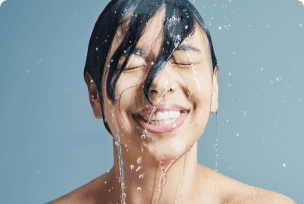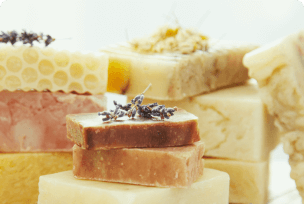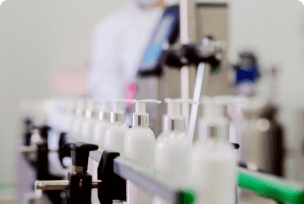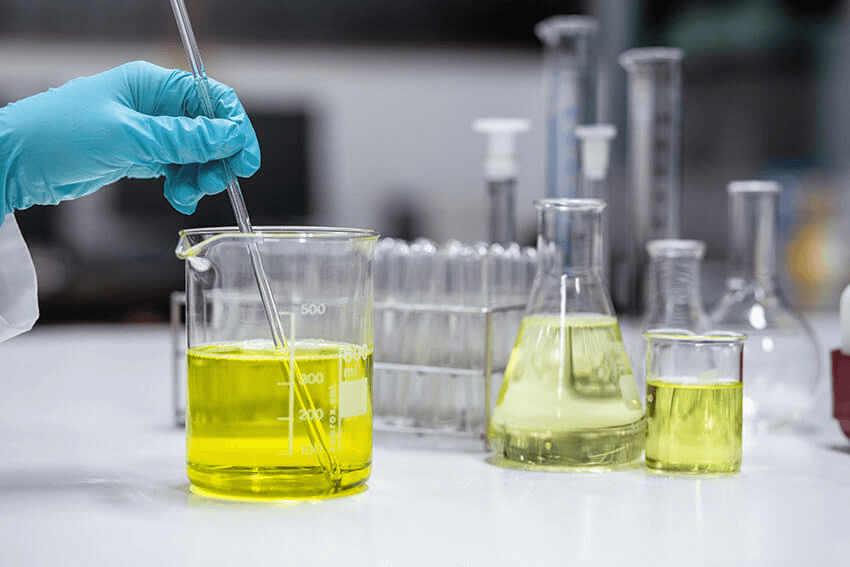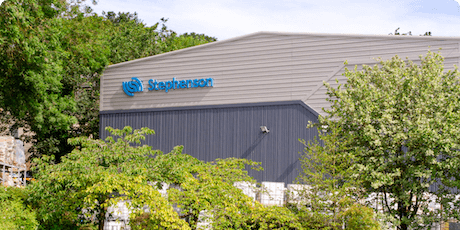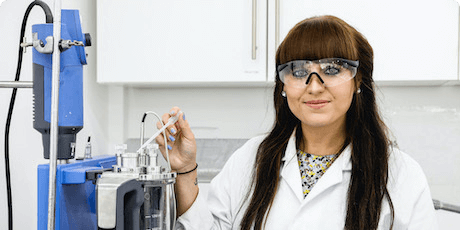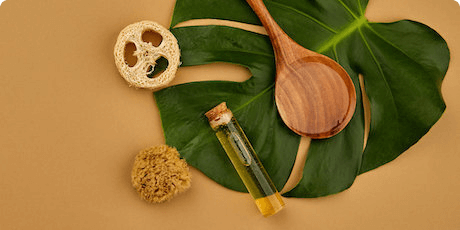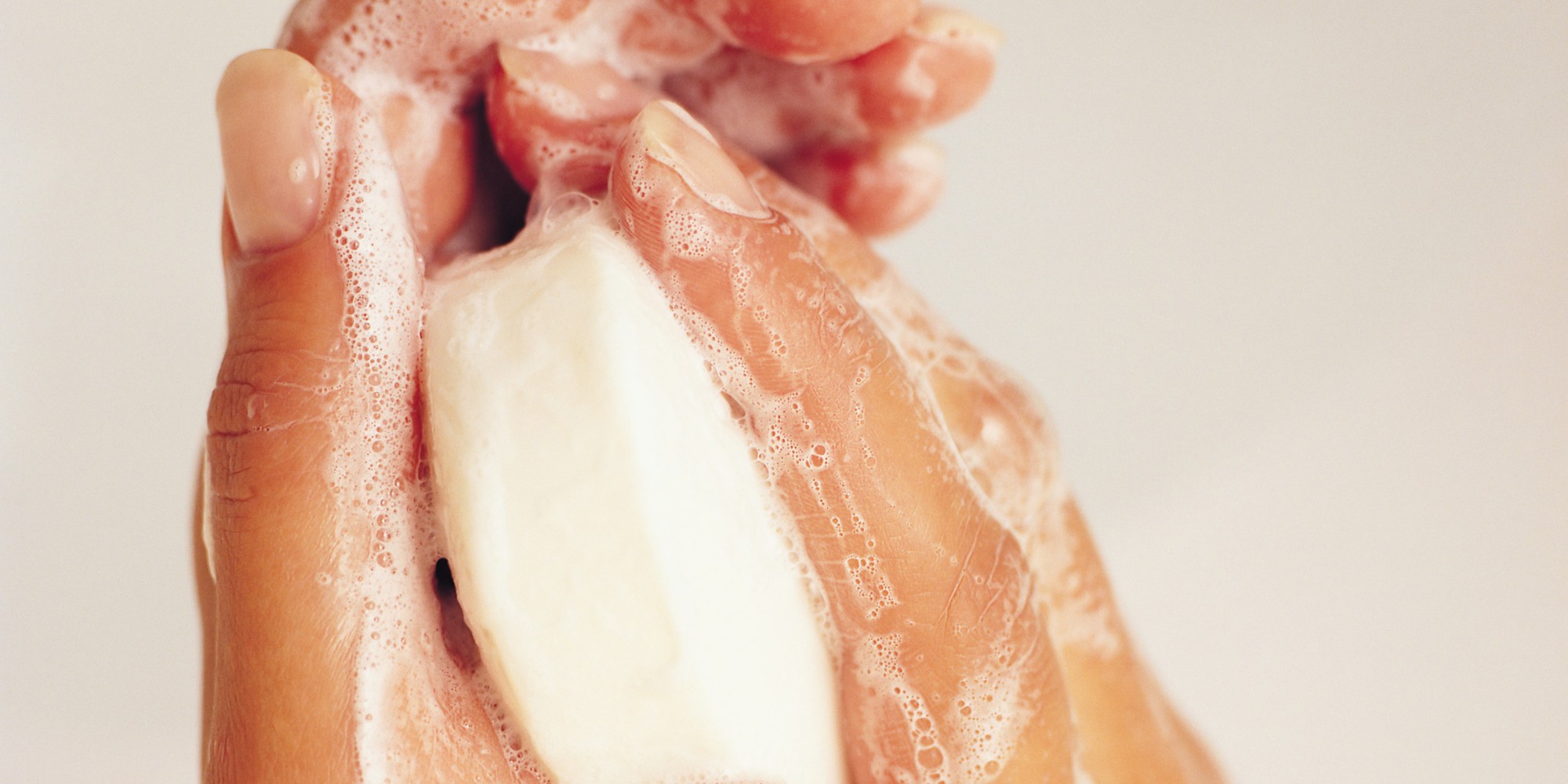
Foam or lather is created when foaming agents in soaps, detergents and shampoos mix with air and water. The most common foaming agents used in personal care are chemicals sodium laureth sulfate (SLES), sodium lauryl sulfate (sometimes referred to as sodium dodecyl sulfate or SLS) and coco-glucoside. In fact, Mintel database shows that new foaming beauty and cosmetic products contained SLES (67.3%), coco-glucoside (16.5%) and SLS (12.3%) in the last 5 years.
What is a surfactant?
Surfactant, also known as a surface-active agent, is a substance that reduces the surface tension between two substances; water and oil.
“Like when we wash our hair, products using surfactants can trap the oil and dirt from our hair and washes off the dirt” – explains Carmen, Innovations Manager at Stephenson.
Generally, any material that affects the interfacial surface tension can be considered a surfactant, but practically, surfactants may act as wetting agents, emulsifiers, foaming agents, and dispersants.
 Different types of surfactants?
Different types of surfactants?
Surfactants as emulsifiers are classified in three main groups depending on their characteristics – ionic, non-ionic and amphoteric. However, this blog doesn’t cover it and it is well explained here.
The simple way to look at them is also as synthetic and natural, which are further described in more detail below.
Synthetic Surfactants
A lot of surfactants are synthetic, however, consumers are becoming increasingly aware of the harshness of common surfactant ingredients. Here we will discuss some widely used synthetic surfactants.
Alkyl Sulphates – SLS and SLES
Alkyl Sulphates are anionic surfactants containing fatty acids that boost foam. The most common alkyl sulphates (synthetic surfactants) in soap, bath and shower products are SLS and SLES, with somewhat popular ammonium lauryl sulphate (ALS) and sodium myreth sulphate (SMEs).
While SLS and SLES are both are very similar, SLS is a skin irritant, which can cause some minor skin irritations like dry, itchy skin if used in more than 1% of a solution on leave-on formulations. SLES is formulated to be much milder and is more common in personal care products.
However, both surfactants were reviewed in 2002 by the Cosmetic Ingredient Review (CIR) Expert Panel and found to be safe for use in cosmetic and personal care products. Similarly, the World Health Organization, the International Agency for the Research of Cancer as well as the US Environment Protection Agency and the EU have not classified SLS and SLES as carcinogens, and indicated that both are safe to use under proper conditions.
There are also other synthetic surfactants used in personal care which contain Sodium (e.g. Sodium Cocoyl Isethionate (SCI), Ammonium (e.g. Amonium Lauryl Sulphate) and Magnesium (e.g. Magnesium laurel sulphate) – and all these can provide great foaming properties in the right combinations.
Other Surfactants
Sulphonates can be considered as alternative primary anionic surfactants for ‘SLES-free’ products. There are many sub-classes of sulphonates and sulphosuccinates (e.g. disodium lauryl sulphosuccinate) that can be used for milder and ‘SLES-free’ shampoos.
In order to get the best foam, secondary surfactants such as alkanolamides and betaines are often added to the main anionic surfactant at a ratio of 10 parts anionic to 1 part foam booster. A typical shampoo would contain: 10% w/w sodium lauryl ether sulphate and 1% w/w cocamidopropyl betaine for the purpose of high foam creation.
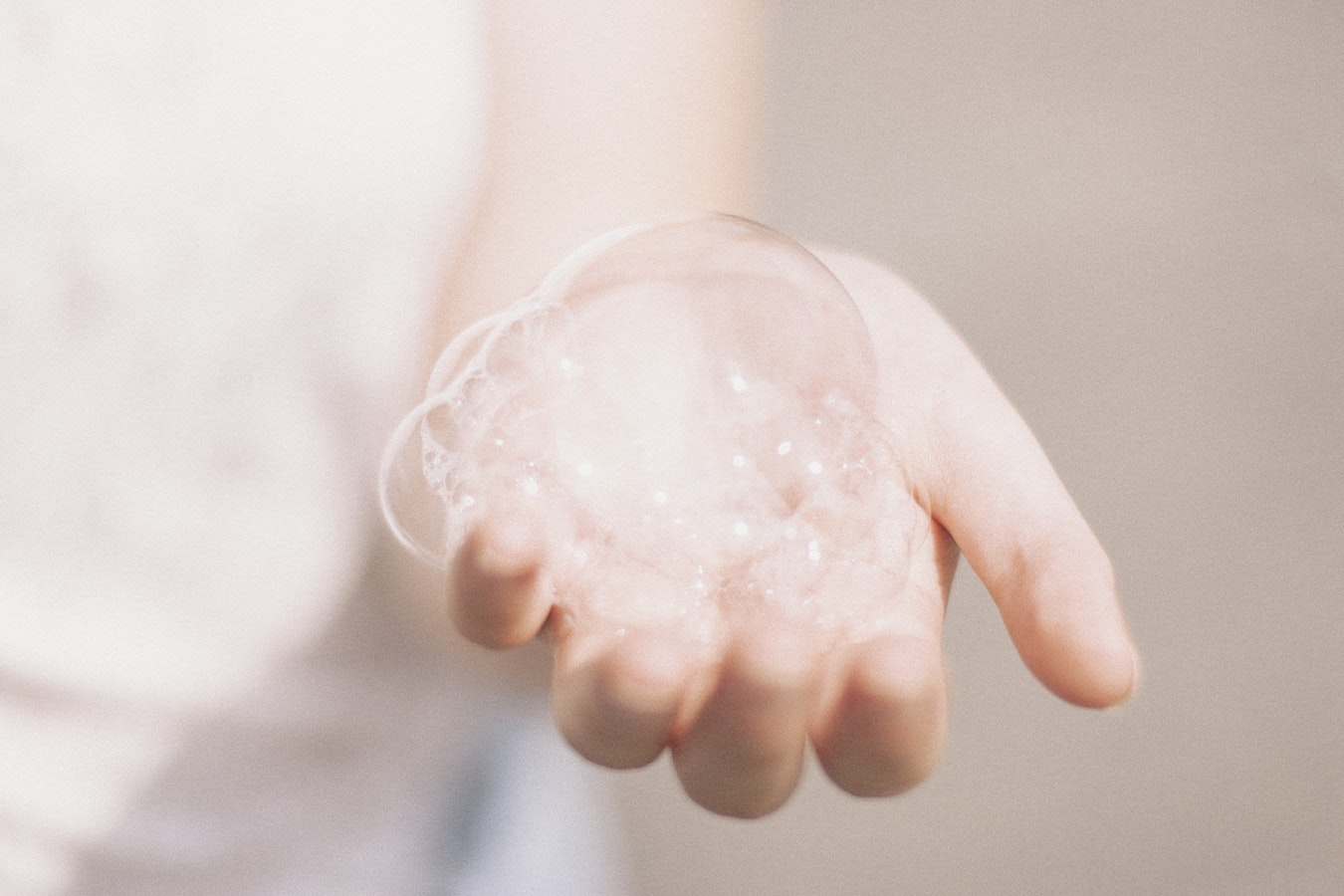 Photo by Matthew Tkocz on Unsplash
Photo by Matthew Tkocz on Unsplash
Natural Surfactants
With natural ingredients in personal care industry on the rise, surfactants’ market is valued at $600+ million and only about 10% of the raw ingredients available in this category are naturally derived. Thus, lots of companies are innovating in this sector, including us with our new range of DUROSOFT® ingredients.
Green-chemistry surfactants are mainly produced from sustainable sources such as vegetable oils, sugars and their derivatives.
Soaps
Soaps are the earliest and most basic anionic surfactant. Obtained from fats and oils known as glycerides, they are created by the method of saponification - heating with a strong alkali (sodium or potassium hydroxide) to produce soap.
Soaps manufactured using vegetable oils contain no synthetic or chemical ingredients. The foaming performance of the soap can be tailored by changing the composition of fats and oils.
Glycerides
Glyceryl esters are a group of surfactants and emollients chemically synthesized from esterification of glycerol and fatty acids mostly from vegetable oils. They are used as solubilizers, emulsifiers, emollients and preservation system boosters mostly, but some of them can also perform as foam boosters.
Most commonly used glycerides are Glyceryl Oleate (GMO) and Glyceryl Stearate (GMS). Polyglycerides are not very common but are entering the market due to its need for milder foam boosters in cosmetic formulations.
Lactylates
Lactylates are also widely used in cosmetics or personal care products and are simply salts derivatives of fatty acids and lactic acid. Lactylates function as emulsifiers, conditioners and foam boosters. Sodium Lauroyl Lactylate is used in some products, but mostly as a foam booster rather than a stand-alone surfactant.
Alkyl polyglucoside
There is a growing focus on natural speciality surfactants like alkyl polyglucosides. These are mostly used to give a competitive edge in the growing environmentalist market as they are more expensive than traditional surfactants like SLS and SLES.
Alkyl polyglucosides (APGs) are 100% naturally-derived and produced by reacting fatty alcohols and glucose obtained from corn, coconut or palm oil. Alkyl glucosides are produced by combining glucose with a fatty alcohol in the presence of acid catalysts at elevated temperatures. They are non-ionic, so compatible with all classes of surfactant, are mild to the skin and are biodegradable. They have been in common use in personal care products and are gaining popularity since 2013.
Most frequently used, Alkyl Polyglucoside surfactants are Caprylyl/Capryl Glucoside (c8-10), Coco Glucoside (c8-16), and Lauryl Glucoside (c12-16)) - all being the combination of the glucoside and select fatty alcohols. Alkyl polyglucoside has been compared to other comparable surfactants and shows higher performance in various tests including soil removal, foaming and emulsifying potential, filming, and anti-streaking. It is also very mild to human skin.
Coco Glucoside is one of the most used natural, non-ionic, ultra-mild surfactants. In cleansing personal care products, they are the most apparent in natural formulations for a fragile or sensitive skin.
Acyl glucamides
Acyl glucamides are similar to Alkyl Polyglucosides and are also derived largely from natural sources. They are mild and are claimed to foam better than Alkyl Polyglucosides when inserted into alkyl ether sulphate-based formulas. One of the most commonly used acyl glucamide is Cocoyl Methyl Glucamide.

Creating the Best Foams
The foaming properties of most APGs are reasonable, as they are not as rich and copious as conventional SLES/betaine blends. However, the recent introduction of APGs in combination with acyl glucamides is said to produce a foam volume comparable to that of SLS and SLES. The main issue with APGs, in general, is their residual feel on skin when used as the sole surfactants in a product.
The best foams are produced when blends of surfactants are used with foam boosters. Generally, it is hard to predict which surfactants or surfactant blends produce the best foam and it is a matter of trial and error.
Stephenson
Over 60% of our soap and shampoo bases are sulphate-free and instead they contain betaines and polyglucosides (APGs). The remaining products use minimal levels of sulphates and are proved non-hazardous. For more information about our products, you can view our product guides on our website: Under Knowledge Center - Guides category here.
This year, we have introduced a range of monoglyceride and polyglyceride esters to our naturally derived product range that is available on our website.
In case you are interested in any of our products or have any questions, please contact us here.











